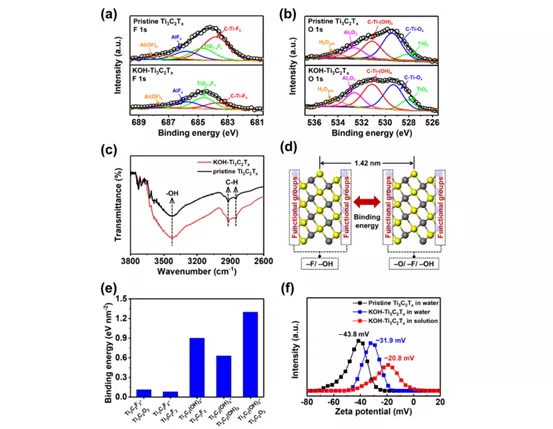
hotline:
17715390137
Tel/Wechat:
18101240246 (Technology)
0512-68565571
Email:mxenes@163.com (Sales Engineer)bkxc.bonnie@gmail.com
Scan the code to follow or search the official account on WeChat:
2D Materials Fronrier After paying attention,
click on the lower right corner to contact us,
Enter enterprise WeChat.
Professional Services Online

Research Background
Mass production of ordered porous three-dimensional (3D) electrodes is an important prerequisite for realizing energy storage devices. MXenes has attracted extensive attention due to its excellent electrical conductivity and surface redox reactions; however, MXenes faces the challenge of achieving a three-dimensional porous structure, especially under the conditions of large mass loads.
Achievements
Recently, Professor Bo Zheng from Zhejiang University published a research paper titled High-Mass-Loading Porous Ti3C2Tx Films for Ultrahigh-Rate Pseudocapacitors in the well-known academic journal ACS Energy Letters. The article designed and synthesized a three-dimensional high-rate capacitor electrode with high use value.
Graphic guide

Figure 1. SEM and RRFCA principle description.

Figure 2. XPS FTIR and surface zeta potential characterization.

Figure 3. Comparative test of electrochemical performance.

Figure 4. Electrochemical performance test of porous MXene membrane.
Summary of this article
This article introduces the use of a simple RRFCA (reduced-repulsion freeze-casting assembly) method for MXenes to manufacture three-dimensional porous pseudo-capacitor electrodes. By adding KOH solution to the MXene suspension, the problem of difficulty in freeze-drying assembly due to electrostatic repulsion between tablets is solved. The surface of Ti3C2Tx is modified with less electronegative hydroxyl groups, which enhances the interlayer bonding.
Literature link:
https://doi.org/10.1021/acsenergylett.0c00704
Source: MXene Frontie
This information originates from the Internet for academic exchange only. If there is any infringement, please contact us to delete immediately

| Reminder: Beijing Beike New Material Technology Co., Ltd. supplies products only for scientific research, not for humans |
| All rights reserved © 2019 beijing beike new material Technology Co., Ltd 京ICP备16054715-2号 |